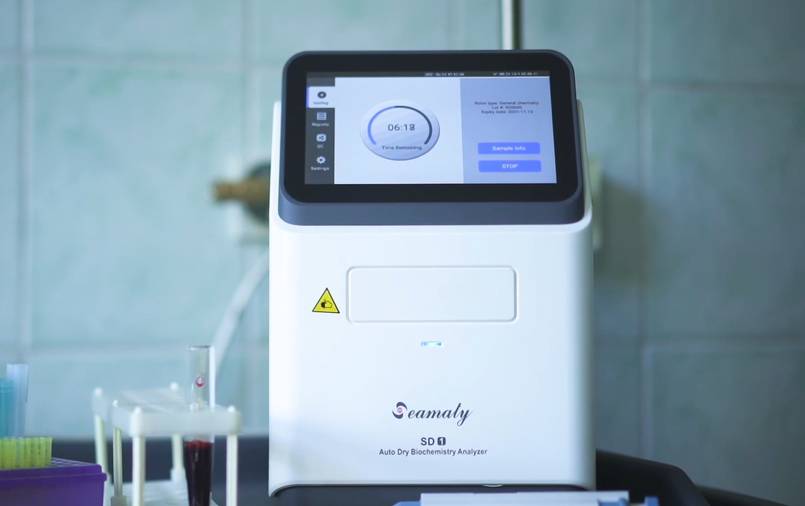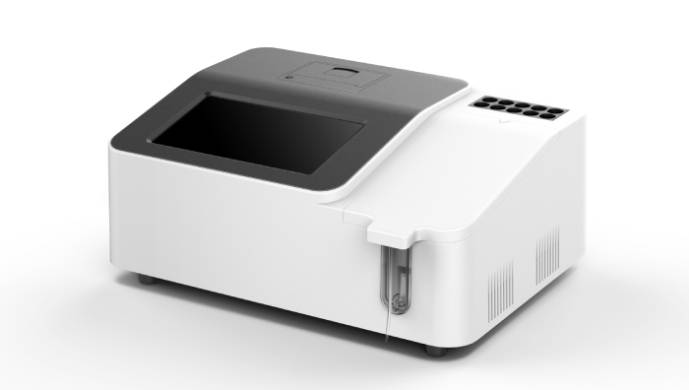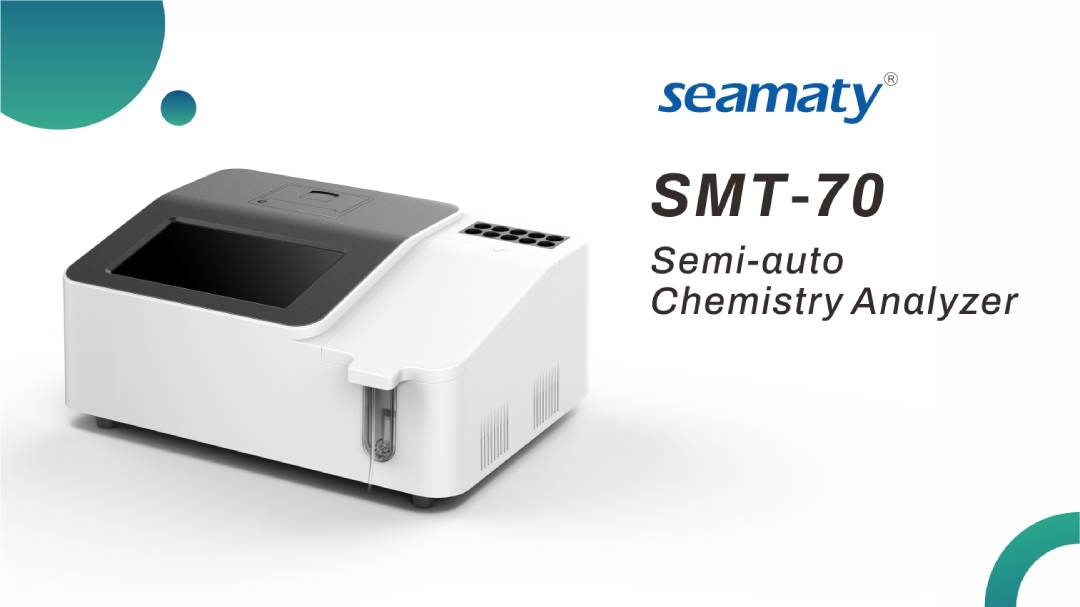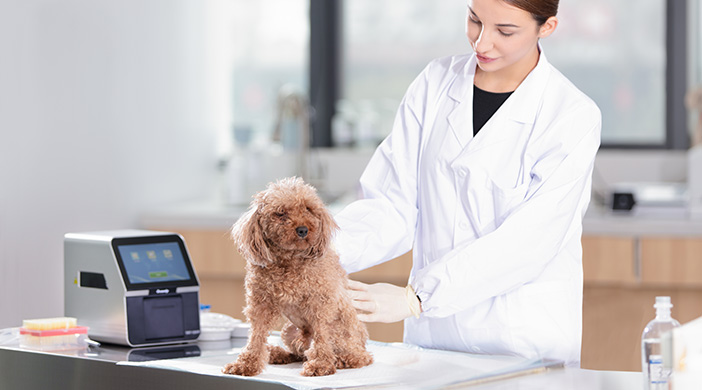
2021-10-20
As a leading POCT instrument manufacturer in China, Seamaty has up to 9 years of experience in biochemical analyzer research and manufacturing, and has a complete supporting testing system. I will introduce you the General ChemistryⅢ Kit developed by Seamaty.There are 8 reagent kits involved in the General ChemistryⅢ Kit.

2021-10-19
Clinical testing is testing in hospitals, and POCT testing can be performed in emergency rooms, wards, operating rooms, monitoring rooms, and other locations. It complements and coordinates with clinical testing laboratory tests. They work together to serve the diagnosis and treatment of patients.

2021-10-19
Point of care testing is a rapid test performed in the presence of the patient and the person being tested. It is not necessarily performed by a specialist examiner.

2021-10-18
The following components of the semi auto biochemistry analyzer may fail or malfunction after a long period of operation. The following are some common causes of failure

2021-10-18
Semi-automatic biochemical analyzer should be installed on a smooth, fixed, dust-free working platform at room temperature of 15-30℃ and relative humidity <85%. The power supply of the instrument should be used separately. And need to be equipped with UPS uninterruptible power supply and ground, ground is particularly important. In order to ensure the best working condition of the instrument, it is best to warm up the instrument for 10 min before testing the specimen.

2021-10-18
The continuous development of pets has brought more development opportunities to animal hospitals. At the same time also prompted the progress and development of biochemical instruments and equipment! Dry biochemical analyzer and wet biochemical analyzer advantages and disadvantages of the comparison of.